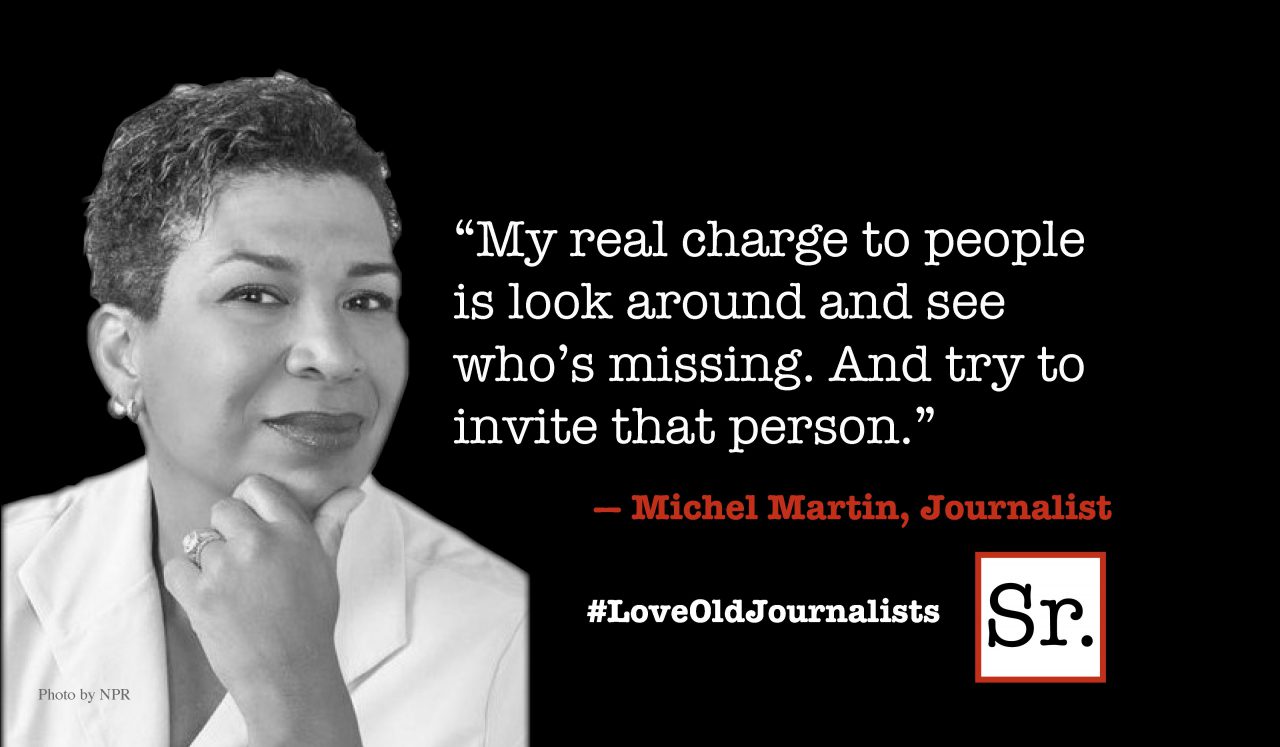When animals talk, people don't listen. And yet animals have a lot to say. Con Slobodchikoff is a PhD researcher who has spent countless hours listening to prairie dogs. He has been been able to detect nuances in their language that distinguishes the height, direction, and color of shirt an approaching human is wearing. In his book, "Chasing Dr. Dolittle," Slobodchikoff gives many examples of sophisticated communication among the animals. Some birds have 3,000 songs in their repertoire. Humpback whales share their songs underwater for thousands of miles. Like our list of the top popular songs, these songs are re-sung, re-arranged as others pick up the tunes oceans away.
Slobodchikoff is sure that "We have only a limited understanding of the nuances of animals' lives — of what is important to them, of how they perceive the world around them — but we make assumptions based on our very limited knowledge." He points out Monty Roberts of "The Man Who Listens to Horses" who trains horses to accept human riders by using a series of body orientation signals he has observed in wild horses.
Teaching chimps to communicate with humans in sign language has only been minimally effective. "One of the complaints about signing with chimps is that they mostly make signs about food, and not too much else. But one possibility is overlooked here: If you simplify the communication system to the bare basics, this may be all that the animals have in common with their human experimenters to talk about."
The B.F. Skinner behaviorist narrow view of outside stimulus and response "mutated into the position that animals did not think at all, and in fact were incapable of thinking, as yet another way to keep humans and animals apart."
I have personally known a lady who played with wild rabbits who came daily to visit her. In 12 years of volunteering with the Pacific Marine Mammal Center, I saw seals and sea lions up close. I remember a definite sense of dignity in the eyes of a suffering adult sea lion who knew she was dying. I saw many other behaviors that easily related to shared human emotions and characteristics. Once in a Chinese restaurant with a tank of live lobsters next to me, I saw a dead lobster and observed another lobster who was desperately, but gently, touching and prodding him to awaken. Intuition told me that the live lobster was grieving for the dead lobster. Some ants bury their dead, and a pod of whales will have a funeral for a dead baby.
In Slobodchikoff's words, "For us, the idea that other animals have language is a bridge back to the natural world. We can begin to cross the vast chasm that we have set up between "Us" and "Them," and start to see that we are not very different after all. We certainly have a lot of talents that they do not have. But they have a lot of talents that we do not have. The one thing that we all have is that we are in this natural world together, and the quicker we realize that we are all interdependent on one another — and one species is not any better than any other — the quicker we can bring harmony to our lives."








